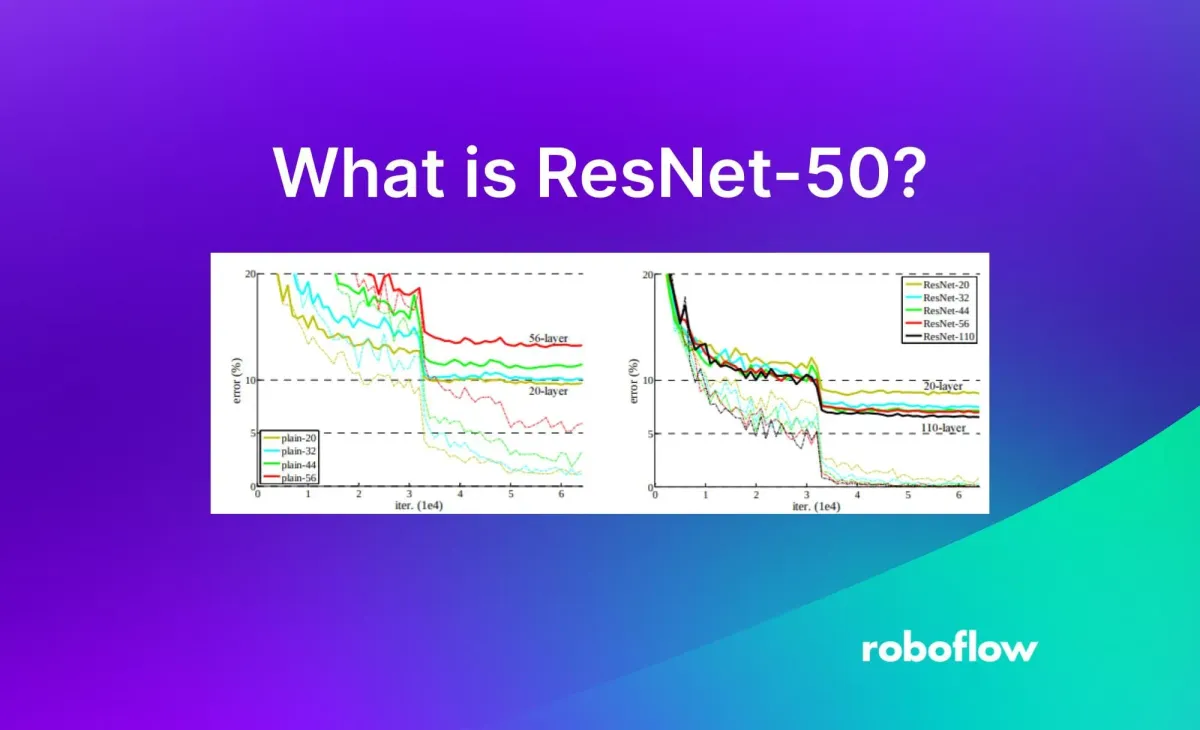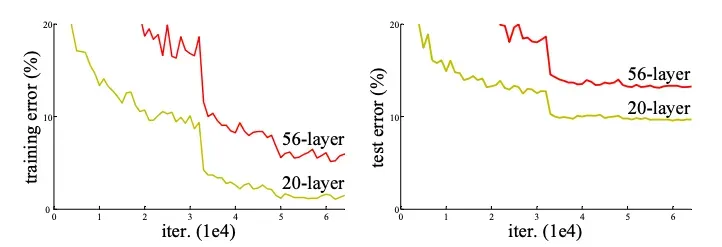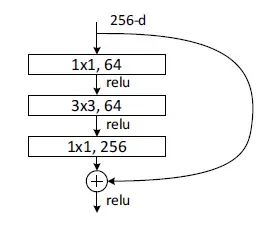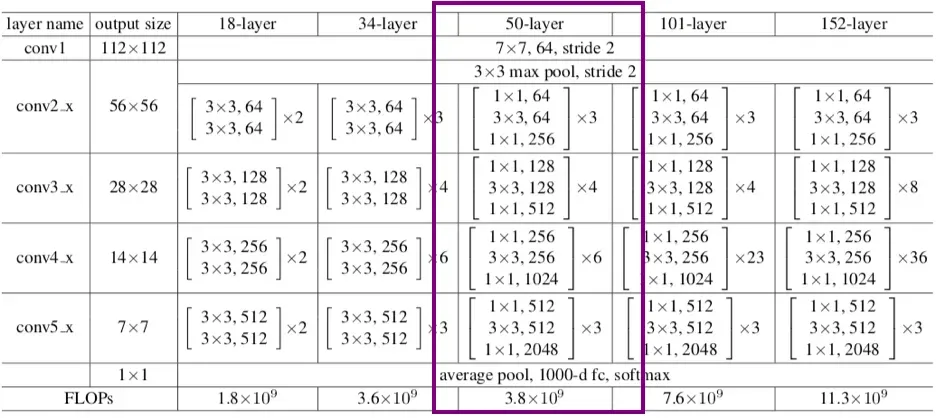
Have you ever wondered what goes on behind the scenes when your smartphone instantly recognizes your pet in a photo or your social media feed displays images similar to what you've liked before?
A large part of the magic lies in deep learning architectures. One such architecture is called ResNet-50. ResNet-50 is a convolutional neural network (CNN) that excels at image classification. It's like a highly trained image analyst who can dissect a picture, identify objects and scenes within it, and categorize them accordingly.
In this blog post, we'll delve into the inner workings of ResNet-50 and explore how it revolutionized the field of image classification and computer vision.
Train ResNet-50 on your own custom dataset with ease - Roboflow helps you go from images to model-ready data in minutes. Try it free.
What Is ResNet-50?
ResNet-50 is CNN architecture that belongs to the ResNet (Residual Networks) family, a series of models designed to address the challenges associated with training deep neural networks. Developed by researchers at Microsoft Research Asia, ResNet-50 is renowned for its depth and efficiency in image classification tasks. ResNet architectures come in various depths, such as ResNet-18, ResNet-32, and so forth, with ResNet-50 being a mid-sized variant.
ResNet-50 was released in 2015, but remains a notable model in the history of image classification.
ResNet and Residual Blocks
The primary problem ResNet solved was the degradation problem in deep neural networks. As networks become deeper, their accuracy saturates and then degrades rapidly. This degradation is not caused by overfitting, but rather the difficulty of optimizing the training process.

ResNet solved this problem using Residual Blocks that allow for the direct flow of information through the skip connections, mitigating the vanishing gradient problem.
The residual block used in ResNet-50 is called the Bottleneck Residual Block. This block it has the following architecture:

Here's a breakdown of the components within the residual block:
ReLU Activation: The ReLU (Rectified Linear Unit) activation function is applied after each convolutional layer and the batch normalization layers. ReLU allows only positive values to pass through, introducing non-linearity into the network, which is essential for the network to learn complex patterns in the data.
Bottleneck Convolution Layers: the block consists of three convolutional layers with batch normalization and ReLU activation after each.:
- The first convolutional layer likely uses a filter size of 1x1 and reduces the number of channels in the input data. This dimensionality reduction helps to compress the data and improve computational efficiency without sacrificing too much information.
- The second convolutional layer might use a filter size of 3x3 to extract spatial features from the data.
- The third convolutional layer again uses a filter size of 1x1 to restore the original number of channels before the output is added to the shortcut connection.
Skip Connection: As in a standard residual block, the key element is the shortcut connection. It allows the unaltered input to be added directly to the output of the convolutional layers. This bypass connection ensures that essential information from earlier layers is preserved and propagated through the network, even if the convolutional layers struggle to learn additional features in that specific block.
By combining convolutional layers for feature extraction with shortcut connections that preserve information flow, and introducing a bottleneck layer to reduce dimensionality, bottleneck residual blocks enable ResNet-50 to effectively address the vanishing gradient problem, train deeper networks, and achieve high accuracy in image classification tasks.
Stacking the Blocks: Building ResNet-50
ResNet-50 incorporates 50 bottleneck residual blocks, arranged in a stacked manner. The early layers of the network feature conventional convolutional and pooling layers to preprocess the image before it undergoes further processing by the residual blocks. Ultimately, fully connected layers positioned at the pinnacle of the structure utilize the refined data to categorize the image with precision.

Through the strategic integration of bottleneck residual blocks and shortcut connections, ResNet-50 adeptly mitigates the vanishing gradient issue, enabling the creation of more profound and potent models for image classification. This innovative architectural approach has opened the door to notable strides in the field of computer vision.
ResNet Performance
In this section, we are going to show the ResNet-20, -32, -44, -56, and -110 performance compared to plain neural networks.

The dashed lines denote training error, and bold lines denote testing error on CIFAR-10. The left chart shows the training and testing errors using plain networks. The error of plain-110 is higher than 60% and is not displayed. The right chart shows the training and testing errors using ResNets.
In essence, the charts demonstrate the advantage of using skip connections in neural networks. By mitigating the vanishing gradient problem, skip connections allow for deeper networks that can achieve higher accuracy in image classification tasks.
ResNet-50 Conclusion
Residual Networks were significant breakthrough that reshaped the training methodologies for deep convolutional neural networks, especially in the domain of computer vision applications.
This innovative approach, characterized by the use of skip connections and residual blocks, has not only transformed the way we train these networks but has also propelled the development of more sophisticated and efficient models.
With its 50 bottleneck residual blocks, ResNet-50 has demonstrated exceptional capabilities in overcoming challenges related to vanishing gradients, allowing for the successful training of deeper neural networks.
Roboflow makes it simple to label, preprocess, and export datasets for seamless training. Start for free today.
Cite this Post
Use the following entry to cite this post in your research:
Petru P.. (Mar 13, 2024). What Is ResNet-50?. Roboflow Blog: https://blog.roboflow.com/what-is-resnet-50/
